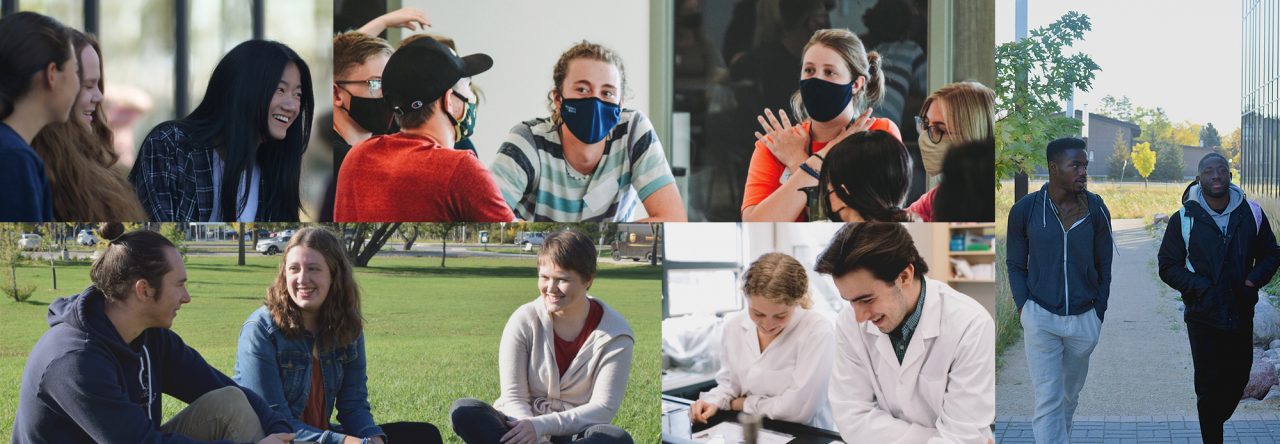
Clock-wise from top left: Bob Chrismas, Jae-Young Lee, and Lisa Phommarath
I had the opportunity to be part of the Face2Face event “Restorative Justice: Soft on Crime or Building Community Security?” The air was filled with excitement as the host presented the speakers who would tell us about their experiences with restorative justice.
Jae-Young Lee, the first speaker, used to be a soldier in the South Korean army. After being in service, he knew that there had to be alternative ways to reach justice without the use of violence. He is currently a restorative justice specialist in Seoul, South Korea.
The second guest was Bob Chrismas, a current Winnipeg police officer who has been in service for 25 years. He shared that the western judicial system is not serving the purpose of providing justice for the victims and accuser. He has written a book about peace and conflict and is working on a PhD on the same subject.
The last speaker was Lisa Phommarath, who was a victim of a crime that resulted in her father’s death. After years of internal conflict, she concluded that her father would not want her to live with hatred and revenge against the man who committed the crime. She forgave the perpetrator and is an active member of Voices of Resilience, a support group for victims, and inmate visitation program at Stony Mountain Penitentiary.
Restorative justice serves as a compass, not a map in our world. It guides us to travel towards a better understand and fulfillment of justice. As the speakers explained, restorative justice acknowledges an upset balance and provides a creative way to right that balance by meeting the needs of those who committed the crime, the victims, and the community. Lee explained that restorative justice provides a safe community and society, and is a constructive way to deal with conflict. It meets the victims’ needs by creating reconciliation. Lee defined justice as to make right a relationship.
Chrismas explained that restorative justice is not soft on crime. It fills gaps within criminal justice, such as protecting community rights. He explained that a big part of restorative justice is prevention, and that we all have to play a part in crime prevention. Phommarath explained that she found meaning in her suffering, realized that she had to forgive the man who killed her father, and acknowledged that although he had made bad decisions, he had the power to do better. She explained how restorative justice restores the balance of power and eliminates the idea of “us” versus “the criminals.” Phommarath said the former judicial system prevents the accused from leaving a better legacy behind and does not break the cycle of crime.
I had some knowledge of restorative justice and peace and conflict studies because I am taking class with Wendy Kroeker, also present at the Face2Face event. Wendy Kroeker has a PhD in Peace and Conflict studies and has a way of teaching that is always dynamic and inspiring. If you have interest in justice and peace, CMU is the place for you!
Cesar Flores is one of CMU’s Student Ambassadors

